Our twentieth white paper is, “Schools During the COVID-19 Pandemic: Sites and Sources of Community Resilience,” by Jacob Fay, Meira Levinson, Allison Stevens, Harry Brighouse, and Tatiana Geron.
Abstract
Along with the economy and health care system, schools are an essential third pillar in promoting community resilience and rebuilding communities’ physical, economic, emotional, social, and cultural health in the wake of the global COVID-19 pandemic. Schools serve as sites and sources of community resilience in five distinct ways: they distribute social welfare services, promote human development, care for children, provide stable employment, and strengthen democratic solidarity. Yet long-term physical school closures—along with impending budget cuts driven by cratering state and local economies and tax revenues—make it extremely difficult for schools to perform any of these roles. We recommend three steps for restoring schools’ capacities to support community resilience. First, state and district leaders should set metrics for achieving access and equity in each of the five roles that schools play, not just in academic achievement. Second, to establish these metrics, policymakers should develop or strengthen mechanisms to engage diverse community voices, as local community members often best understand the specific ways in which their own schools support or impede community resilience. Finally, Congress should allocate significant increases in federal funding to support public schools and districts for at least the next two years; these allocations should include strong supports for high-needs districts in particular.
To read more about educational ethics in a pandemic, see white paper 17, “Educational Ethics During a Pandemic,” by Meira Levinson.


